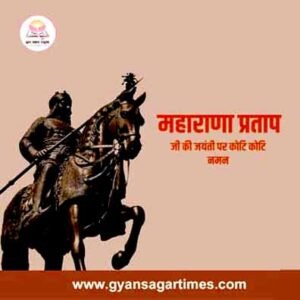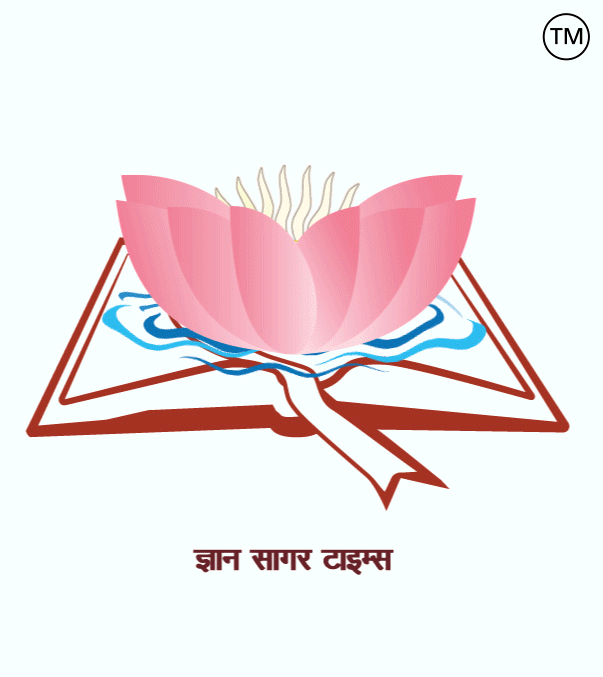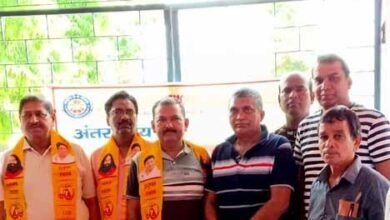
महाराणा प्रताप जयंती…
भारतीय इतिहास में जब भी वीरता, अदम्य साहस, और मातृभूमि के प्रति अटूट प्रेम की बात होती है, तो एक नाम जो स्वतः ही उभर आता है, वह है – महाराणा प्रताप. यह दिन उनकी अद्वितीय वीरता, स्वतंत्रता के प्रति अटूट समर्पण और मुगलों के खिलाफ उनके संघर्ष को याद करने का अवसर प्रदान करता है.
महाराणा प्रताप, मेवाड़ के सिसोदिया राजवंश के 13वें राजा थे. उनका जन्म 9 मई 1540 को कुंभलगढ़ किले में हुआ था. उन्हें बचपन में ‘कीका’ के नाम से बुलाया जाता था. उनका पूरा नाम महाराणा प्रताप सिंह सिसोदिया था. उनके पिता महाराणा उदय सिंह द्वितीय और माता जयवंता बाई थीं. उनकी लंबाई 7 फीट से अधिक थी और वे 72 किलो का कवच, 81 किलो का भाला और 208 किलो की दो तलवारें आसानी से चला सकते थे.
महाराणा प्रताप ने जब मेवाड़ की गद्दी संभाली थी उस वक्त मुगल सम्राट अकबर का साम्राज्य पूरे भारत में फैल रहा था. अकबर की नीति अन्य राजपूत राजाओं को अपने अधीन लाने की थी, और कई राजाओं ने उसकी अधीनता स्वीकार भी कर ली थी. लेकिन महाराणा प्रताप ने अकबर की अधीनता स्वीकार करने से साफ इनकार कर दिया और अपने राज्य की स्वतंत्रता बनाए रखने के लिए संघर्ष किया. उन्होंने कई वर्षों तक मुगलों के खिलाफ युद्ध किया और अपनी भूमि की रक्षा के लिए गुरिल्ला युद्ध की रणनीति अपनाई.
महाराणा प्रताप के जीवन का सबसे महत्वपूर्ण और चर्चित युद्ध हल्दीघाटी का युद्ध था, जो 18 जून, 1576 को लड़ा गया था. यह युद्ध महाराणा प्रताप की छोटी सी सेना और अकबर की विशाल सेना, जिसका नेतृत्व आमेर के राजा मान सिंह प्रथम कर रहे थे, के बीच हुआ. इस युद्ध में महाराणा प्रताप ने अपनी सेना का अद्भुत नेतृत्व किया और अद्वितीय शौर्य का प्रदर्शन किया. भील जनजाति के लोगों ने भी इस युद्ध में महाराणा प्रताप का साथ दिया था. कहा जाता है कि इस युद्ध में महाराणा प्रताप की ओर से लड़ने वाले एकमात्र मुस्लिम सरदार हकीम खाँ सूरी थे. हालांकि यह युद्ध अनिर्णायक रहा, लेकिन महाराणा प्रताप की वीरता और उनके घोड़े चेतक की बहादुरी इतिहास में अमर हो गई.
महाराणा प्रताप ने अपने जीवनकाल में कभी भी मुगलों के सामने आत्मसमर्पण नहीं किया. उन्होंने अपने राज्य की स्वतंत्रता बनाए रखने के लिए कठिन परिस्थितियों में भी संघर्ष किया. उनकी मृत्यु 19 जनवरी 1597 को हुई, लेकिन उनकी वीरता और स्वाभिमान की गाथा आज भी लोगों को प्रेरित करती है.
महाराणा प्रताप का जीवन और संघर्ष हमें यह सिखाता है कि परिस्थितियां कितनी भी विषम क्यों न हों, हमें अपने सिद्धांतों और स्वाभिमान से कभी समझौता नहीं करना चाहिए. वे वीरता, स्वतंत्रता और आत्म-सम्मान के शाश्वत प्रतीक हैं और उनकी गाथा पीढ़ियों को प्रेरित करती रहेगी.
========== ========= ===========
Maharana Pratap Jayanti…

Whenever there is talk of valor, indomitable courage, and unwavering love for the motherland in Indian history, one name that automatically emerges is – Maharana Pratap. This day provides an opportunity to remember his unparalleled valor, unwavering dedication to freedom and his struggle against the Mughals.
Maharana Pratap was the 13th king of the Sisodia dynasty of Mewar. He was born on 9 May 1540 in Kumbhalgarh Fort. He was called ‘Kika’ in his childhood. His full name was Maharana Pratap Singh Sisodia. His father was Maharana Uday Singh II, and his mother was Jayawanta Bai. He was more than 7 feet tall and could easily wield 72 kg armor, an 81 kg spear and two swords weighing 208 kg.
When Maharana Pratap took over the throne of Mewar, the empire of Mughal emperor Akbar was spreading all over India. Akbar’s policy was to bring other Rajput kings under his control, and many kings had accepted his subordination. But Maharana Pratap flatly refused to accept Akbar’s subordination and fought to maintain the independence of his kingdom. He fought against the Mughals for many years and adopted the strategy of guerrilla warfare to protect his land.
The most important and famous battle of Maharana Pratap’s life was the Battle of Haldighati, which was fought on June 18, 1576. This battle took place between Maharana Pratap’s small army and Akbar’s huge army, which was led by King Man Singh I of Amer. In this war, Maharana Pratap led his army wonderfully and displayed unparalleled bravery. People of the Bhil tribe also supported Maharana Pratap in this war. It is said that the only Muslim chieftain who fought on Maharana Pratap’s side in this war was Hakim Khan Suri. Although this war was indecisive, the valour of Maharana Pratap and the bravery of his horse Chetak became immortal in history.
Maharana Pratap never surrendered to the Mughals during his lifetime. He fought even in difficult circumstances to maintain the independence of his kingdom. He died on 19 January 1597, but the saga of his valour and self-respect still inspires people.
The life and struggle of Maharana Pratap teaches us that no matter how adverse the circumstances are, we should never compromise on our principles and self-respect. He is an eternal symbol of valor, freedom and self-respect and his saga will continue to inspire generations.





